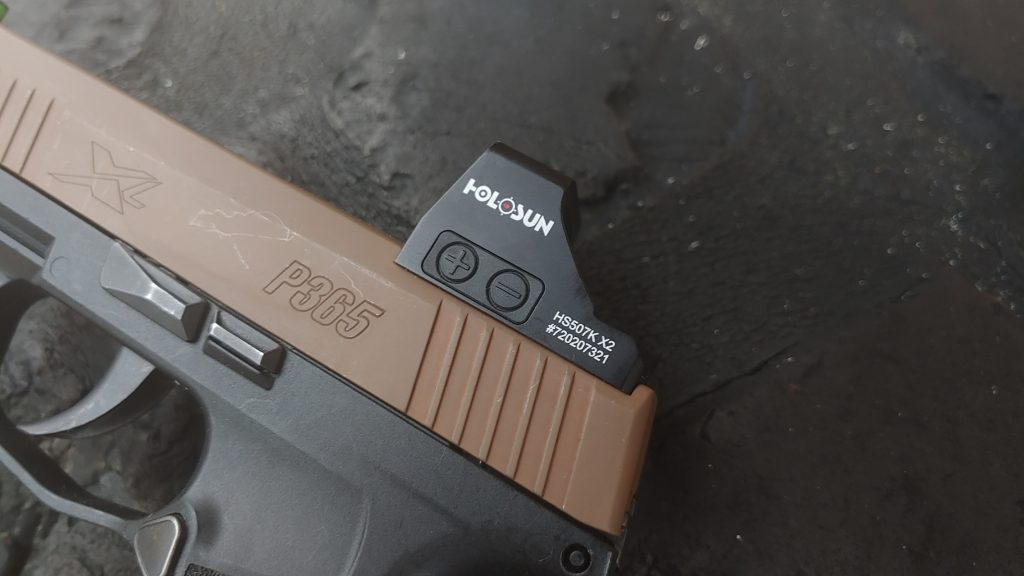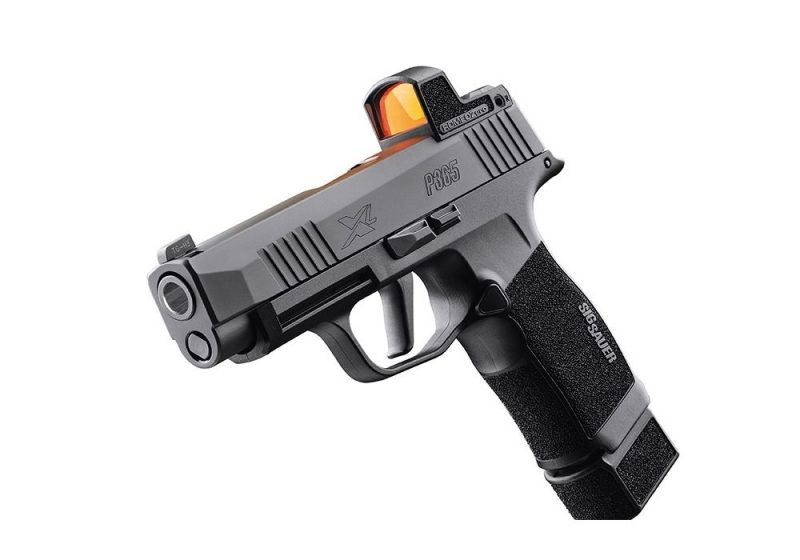
What to look for when choosing a red dot.
![]()
![]()
By now, you’ve had to see the advent of pistol red dots. They are everywhere. Heck, the Commander of NATO forces in Afghanistan carries a tricked-out Glock with a red dot. Red dots have gotten smaller and smaller, and it’s become easier to outfit your pistol with a red dot. Most companies are now releasing optics-ready handguns straight from the factory, SIG, Walther, Glock, FN, Canik, and more are producing factory red dot ready firearms.
If you are considering a red dot on your handgun, then you’ve come to the right place. Consider this pistol red dots 101.
Advantages of Pistol Red Dots
First and foremost, let’s look at why pistol red dots have become so dang popular. It’s not just a fad. Red dots on handguns have become popular because they add substantial benefits to the pistol platform.
Accuracy – Yep, you can see your accuracy improve significantly through the use of a red dot. If you are good with iron sights, then you’ll be better with a handgun red dot.
Speed – Lining up iron sights takes time, and ensuring they are properly aligned for your most accurate shot takes up even more time. With a red dot, you put the dot on the target and press the trigger. Pistol red dots catch the eye and make getting lead on target much quicker.
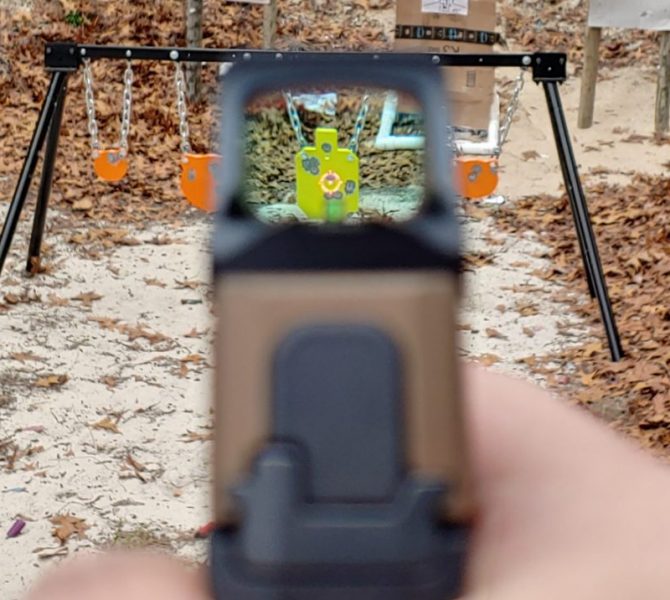
Range – Red dot reticles are often smaller than iron sights. This is great because they cover less of the target when shooting at longer ranges. Being able to see the target and the dot over it makes it much easier to hit. Red dots on handguns make it much easier to hit targets beyond normal ranges.
Target Focus – With iron sights, you focus on your front sight; with red dots, you focus on the target, and the dot is just there. It’s much more natural to focus on your target and potentially a threat than it is to focus on the front sight.
What You Should Know About Pistol Red Dots
Nothing is simple, folks. Sadly before you dive into pistol red dots, there a few things you need to know to ensure it’s a successful endeavor. It’s not always just easy to buy a handgun and toss a red dot on it.
Footprints
Footprints reference the mounting positions, placement or lack of bosses, and where the bolts enter and attach the optic to the gun. Different optics have different footprints. When you choose an optic, you have to ensure your mounting solution matches the footprint of the optic.
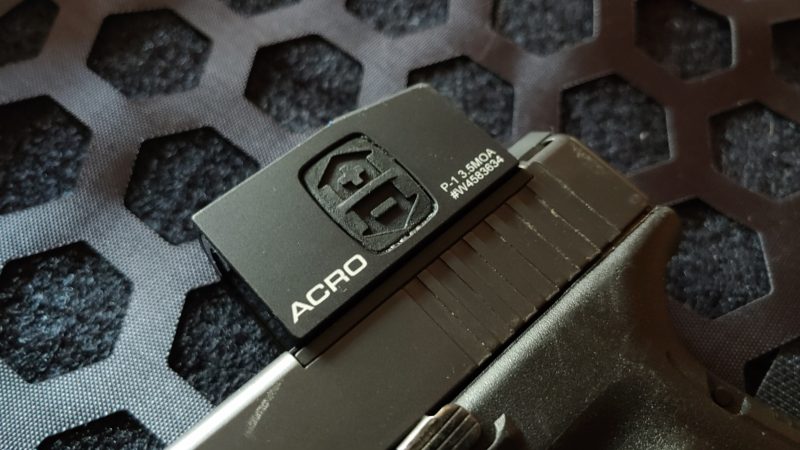
So if you purchase a Trijicon RMR, then you’ll need a mounting solution that functions with a Trijicon footprint. Currently, there are around five main footprint styles. These footprints will often accommodate a wide variety of different optics. For example, the Trijicon RMR footprint will work with Trijicon optics, as well as some Holosuns, Swampfoxes, Riton, Vector, and more.
Mounting Solutions
How do you plan to mount pistol red dots? It’s not just going to stick to your slide with hopes and prayers. There are numerous methods to do so, but the very best is mounting it directly to the slide. Dovetail mounts often suck, and the good dovetail mounts cost nearly as much as it does to mill a slide.
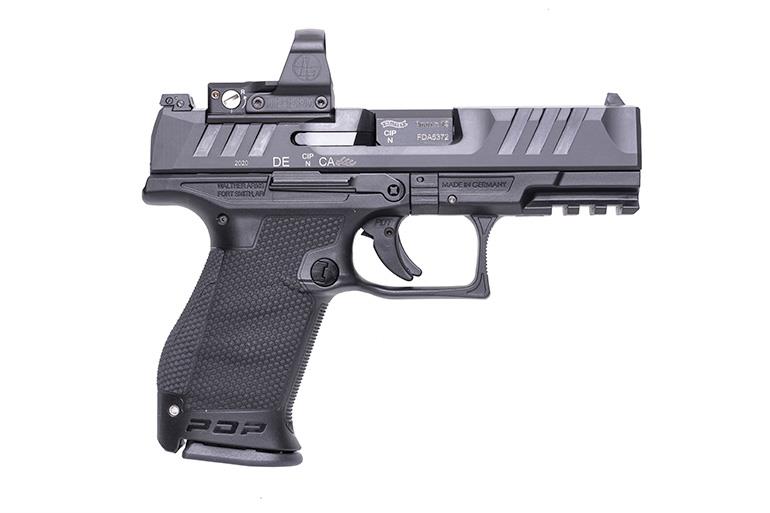
As mentioned previously, lots of companies are releasing optic’s ready guns. When shopping for an optics-ready gun, ensure the slide is cut for the optic you want and vice versa.
Reticle Sizes
Pistol-sized red dots aren’t always made for pistols. Trijicon makes the RMR for a wide variety of users, and some are designed to be mounted on rifles. Why does this matter? Well, reticle size is the big reason. Reticles are measured in minutes of angle, and with handguns, you typically want larger reticles.
3.5 MOA would be the smallest red dot I advise for a handgun. Larger dots are easier to see and faster to acquire via the eye. On rifles, red dot reticles are often 2 MOA, and that’s well suited for a weapon with three points of contact, but not for a handgun.
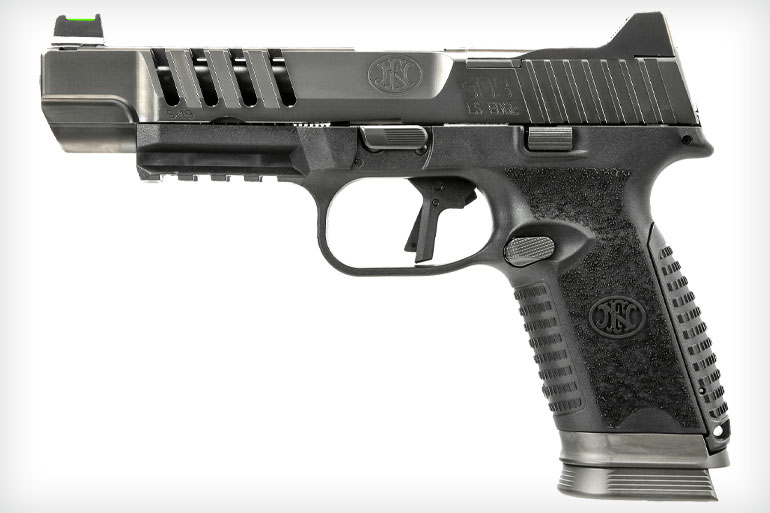
Iron Sights
Pistol red dots do not discontinue the use of iron sights. On a duty or concealed carry handgun, you’ll want backup iron sights. Things fail, and backup irons provide you a secondary sighting system should the optics fail. On my SIG P365, the rear sight is built into the optic and easily cowitnesses with the front sight.
On other guns, you might need suppressor height sights to properly cowitness with your optic in place. These sights have become a good deal more common these days and are a must-have for serious use firearms.
Downsides of a Pistol Red Dot
Nothing comes for free, and while red dots offer lots of benefits, it’s smart to consider their downsides too. Never approach anything as serious as firearms with knowing what both sides of the coin look like.
Pistol Red Dots Are Expensive
High-quality pistol red dots cost a good bit of coin. You don’t want a cheap optic that will crap out when you need it most. These worthwhile optics cost anywhere from three to six hundred dollars. The Aimpoint Acro on my Glock 17 MOS costs more than the gun.
Add in the need for suppressor height iron sights, and that’s another 60 to 100 bucks on top of the optic. This is not a cheap endeavor by any means.
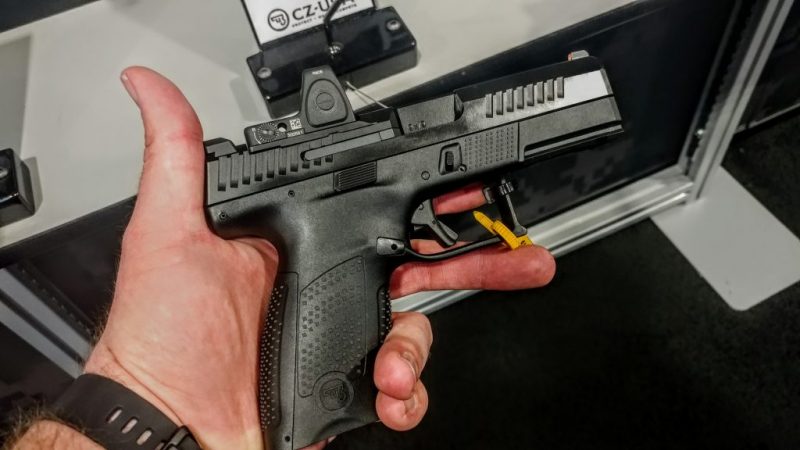
Increased Logistics
Your logistics have gotten a little more complicated with a red dot. You have to consider batteries, holsters, and more when you get into pistol red dots. The good news is that Crossbreed has you covered on the holster side. Our holsters are designed to accommodate modern shooters who outfit their weapons with lights, optics, and lasers, so we have you covered.
Pistol Red Dots Rule
If you can get past the sticker shot of the price, it’s well worth the investment. I’ve recently dived deep into handgun red dots, and after I swung a 4-inch gong at 25 yards over and over with a subcompact pistol, I was sold. They make shooting a good bit easier and ultimately increased my ability to protect myself and my family.
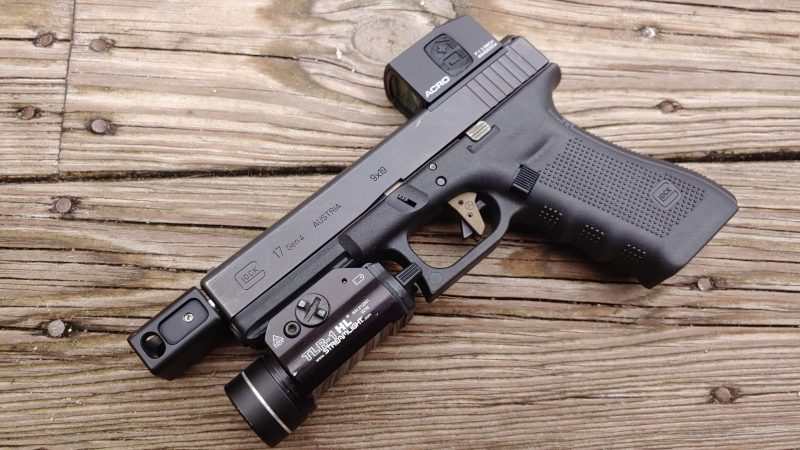
Once I put it into that perspective, I got over the sticker shock and locked an optic on my concealed carry piece. What say you? Our readers are a diverse bunch with a variety of experiences; let us know what you think below.
ABOUT THE AUTHOR:
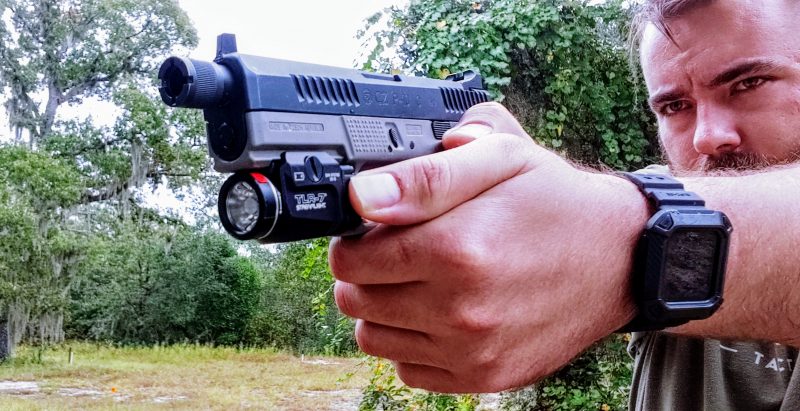
Travis Pike is a former Marine Machine gunner who served with 2nd Bn 2nd Marines for 5 years. He deployed in 2009 to Afghanistan and again in 2011 with the 22nd MEU(SOC) during a record-setting 11 months at sea. Travis has trained with the Romanian Army, the Spanish Marines, the Emirate Marines, and the Afghan National Army.
He serves as an NRA-certified pistol instructor and pursues a variety of firearms-based hobbies.
![]()
You may also enjoy these popular articles:
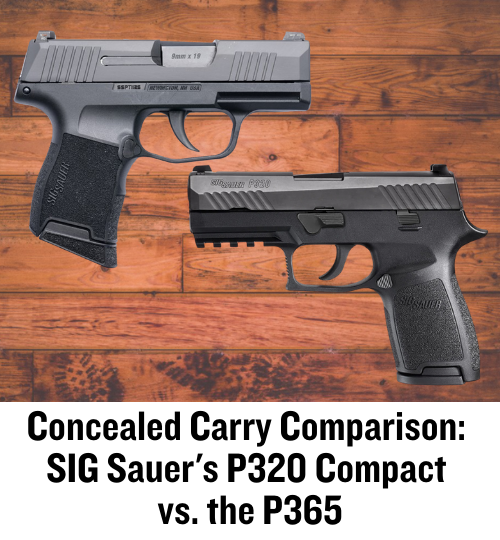


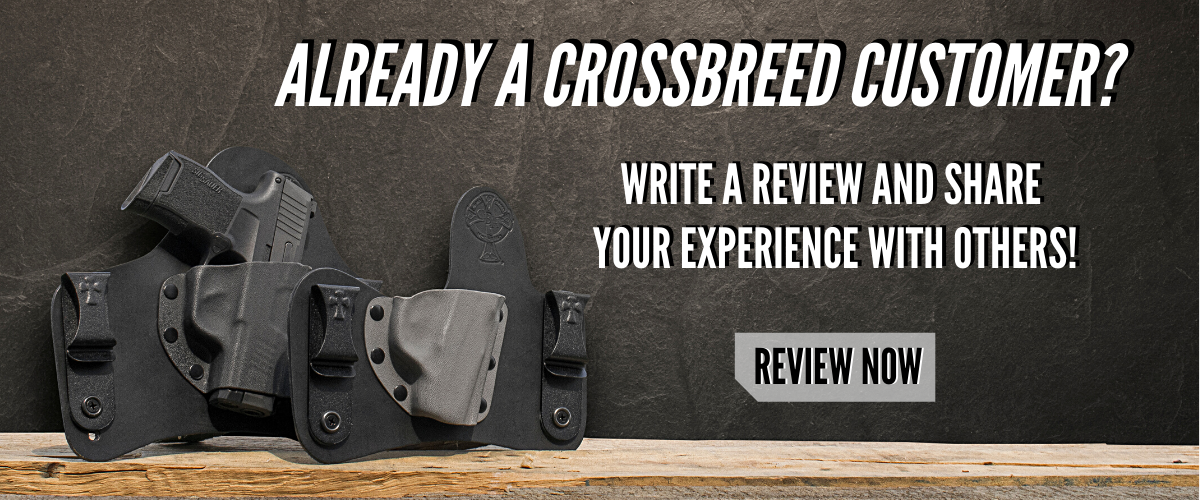
©MTC Holsters, LLC and CrossBreed Holsters Blog, 2021.
Unauthorized use and/or duplication of this material without express and written permission from this site’s author and/or owner is strictly prohibited. Excerpts and links may be used, provided that full and clear credit is given to Travis Pike and the CrossBreed Blog with appropriate and specific direction to the original content.
![]()

